Fishing is a beloved pastime for many, where keeping a catch for a meal is often the goal. However, there are occasions when it becomes necessary to release a fish. This could be due to size restrictions, protected species, spawning readiness, or having reached your fishing limit. In British Columbia, catch and release practices are vital for conservation, ensuring the longevity of recreational fisheries. Releasing smaller fish allows them to grow and contribute to future populations, while releasing larger fish enables them to reproduce and generate more offspring.
-
Ensuring Safe Release: It is crucial to bear in mind that releasing a fish carries some risk, as its survival is not guaranteed. Therefore, it is essential to take steps to maximize its chances of thriving. Consider the following tips to safely release a fish:
-
Keep the fish in the water: Minimize harm to the fish by keeping it submerged. Removing the fish from the water can cause physical damage and oxygen depletion. Since fish reside in water, strive to keep them in their natural environment as much as possible.
-
Wet your hands before handling: Fish are covered in a protective slime that safeguards them against external harm. Dry hands can remove this slime and lead to infections. Wet your hands prior to handling the fish and refrain from using gloves, as they can cause similar damage.
-
Handle the fish appropriately: For small fish, cradle their abdomen in the water and carefully remove the hook. When dealing with larger fish, use both hands—grasp the tail with one hand and support the abdomen with the other. Avoid gripping the fish by its gills. Utilizing a knotless net can be beneficial for larger species.
-
Capture a quick photo: If you wish to capture a photo, keep the fish in the water and have your camera ready. Lift the fish momentarily, take a swift snapshot, and return it to the water within ten seconds. This minimizes the fish's exposure to air and reduces stress.
- Revive before releasing: After a strenuous fight, the fish may be exhausted. Support it in the water and gently move it back and forth to aid in its recovery. If fishing in a river, position the fish facing upstream. Once it has regained its energy, it will swim away on its own.
These guidelines serve as general advice to promote the safe release of fish. Keep in mind that specific release methods may vary depending on the fishing scenario. The key is to minimize stress and trauma for the fish, promoting their well-being in the ecosystem.








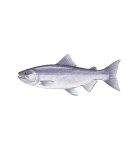








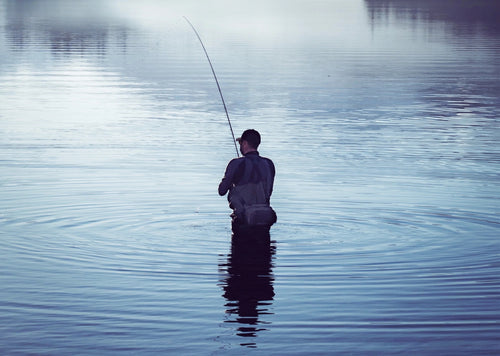
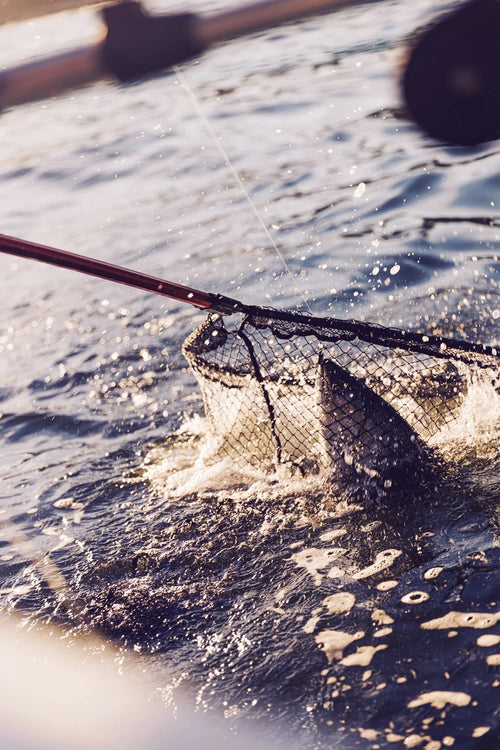





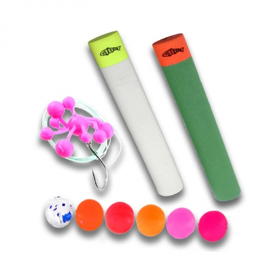










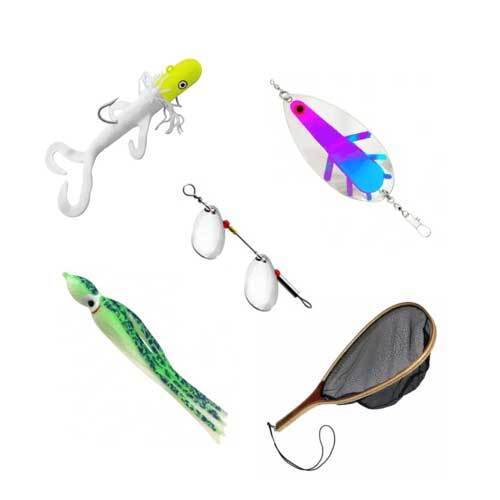









Leave a comment